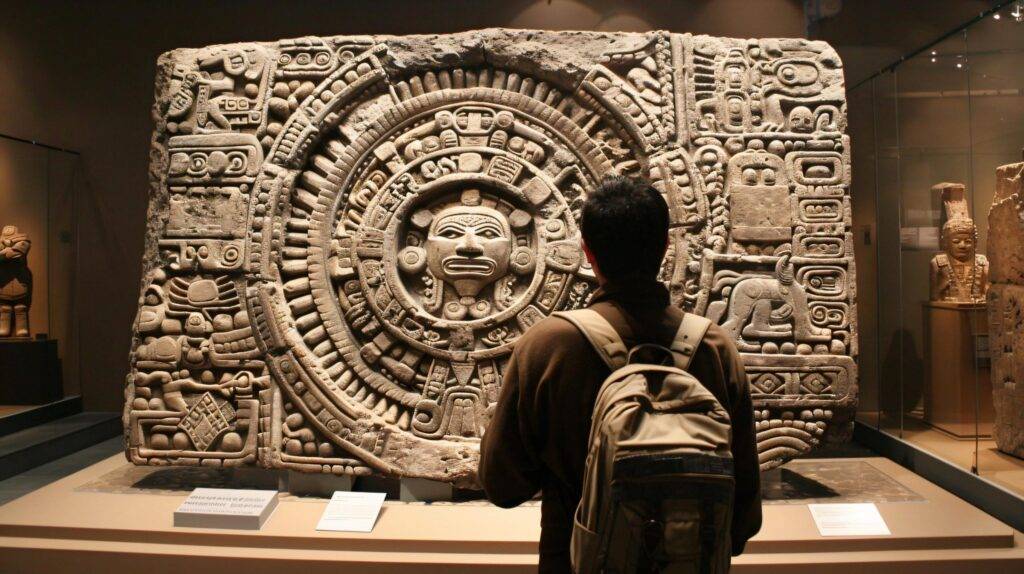Ancient Artz is more than just stone carvings or faded frescoes; it’s a window into the souls of civilizations long gone. These works, forged through primitive tools yet rich in creativity and symbolism, have echoed across millennia, inspiring modern art, architecture, and culture. From the monumental pyramids of Egypt to the delicate pottery of ancient Greece, Ancient Artz forms a cornerstone in the timeline of human expression. In this article, we will explore some of the most iconic masterpieces of Ancient Artz, understanding their significance and unraveling the stories they still whisper to us today.
The Role of Ancient Artz in Shaping Civilization
Ancient Artz was not created simply for aesthetic enjoyment; it profoundly defined early civilizations’ identity, beliefs, and social hierarchy. Ancient cultures captured their worldview, gods, and visions of life and death through various mediums like sculpture, pottery, frescoes, and monumental architecture. These creations were used in religious rituals, to honor the dead, and even to declare political power.
For example, the statues of ancient rulers were often depicted with exaggerated features to highlight their divine authority. At the same time, intricate carvings in tombs offer insight into the religious beliefs surrounding the afterlife.
Egyptian Art: Eternal Symbols of Life and Death
No discussion about Ancient Artz can begin without acknowledging the monumental contributions of ancient Egypt. This civilization lasted over 3,000 years and is most famous for its depictions of gods and pharaohs and their elaborate burial practices.
The Pyramids of Giza: Architecture as Art
Egypt’s most iconic contribution is the Great Pyramids of Giza. These structures were architectural feats and intricate artworks that symbolized the divine journey of the soul into the afterlife. Carvings within the tombs and hieroglyphs tell tales of the pharaohs’ lives and ascension to godhood, with detailed illustrations of rituals meant to ensure safe passage through the underworld.
Bust of Nefertiti: Beauty Frozen in Time
The famous bust of Nefertiti, now residing in Berlin’s Neues Museum, is a testament to the skill of ancient Egyptian artists. This limestone sculpture, with its delicate, lifelike features and striking colors, represents the Egyptian queen’s divine beauty and status. More than 3,300 years old, it continues to captivate audiences today, offering a glimpse into the style and techniques of ancient portraiture.
Mesopotamian Art: The Cradle of Civilization’s Visual Language
Often referred to as the cradle of civilization, Mesopotamia gave rise to some of the earliest art forms, developed between the Tigris and Euphrates rivers. This art form was deeply connected to religion, daily life, and governance, with complex reliefs and statues adorning temples and palaces.
The Code of Hammurabi: Justice in Stone
One of the most significant pieces of Mesopotamian art is the Code of Hammurabi. While it is a legal text, it is also an example of how art and law intersected in ancient times. Carved onto a basalt stele, this towering artifact outlines laws and features a detailed relief at the top, depicting King Hammurabi receiving divine authority from the god Shamash. This artistic representation emphasized the king’s divinely sanctioned role as the enforcer of law and order.
Greek Art: The Idealized Human Form
Ancient Greece, known for its philosophy, drama, and democracy, also produced some of the most celebrated works of art, which have continued to influence Western culture for centuries. Greek artists sought to capture the ideal human form, balancing beauty, realism, and proportion in ways never seen before.
The Parthenon: A Symphony in Marble
The Parthenon in Athens is a masterpiece of ancient Greek architecture and sculpture. Dedicated to Athena, the city’s patron goddess, it represents the pinnacle of Doric design. Its marble friezes and sculptures, which include depictions of gods, heroes, and ceremonial processions, are some of the finest examples of Greek art. The Parthenon Marbles, now controversially housed in the British Museum, illustrate the grandeur and complexity of Greek sculptural techniques.
The Discobolus: The Perfect Athlete
One of the most famous sculptures from ancient Greece is the Discobolus or the Discus Thrower. Created by Myron, this bronze statue captures the human body in motion, frozen in perfect balance and athletic prowess. It epitomizes the Greek ideal of physical beauty, harmony, and the celebration of human potential.
Roman Art: Borrowing and Innovating
Rome, the empire that followed in Greece’s footsteps, adopted many of the Greeks’ artistic principles but also added its innovations. Roman art often reflected its pragmatic and political nature, focusing on realism and commemorating historical events.
The Colosseum: Monumental Art in Action
The Colosseum is perhaps the most iconic structure of Roman art and architecture. Built to host grand spectacles like gladiator contests and public games, its design reflects the Romans’ engineering genius. The Colosseum’s massive arches, intricate reliefs, and sheer scale are a testament to the Roman Empire’s wealth, power, and architectural innovation.
Roman Portraiture: Realism Over Idealism
Unlike the idealized forms of Greek art, Roman portraiture emphasized realism, often depicting its subjects with stark, unflattering accuracy. This can be seen in the busts of Roman emperors and other significant figures, where wrinkles, scars, and other imperfections are painstakingly detailed. This focus on realism provided a vivid historical record of the appearance and character of Rome’s rulers.
The Enduring Legacy of Ancient Artz
Ancient Artz has left an indelible mark on the world, influencing countless generations of artists, architects, and thinkers. The echoes of these masterpieces are heard not only in museums but in the fabric of modern life—from neoclassical architecture to contemporary sculpture. By studying these works, we connect with the people who created them and gain a deeper understanding of the cultural and philosophical foundations that continue to shape our world today.
Conclusion: A Journey Through Time
The masterpieces of Ancient Artz are not just relics; they are a bridge connecting us to the beliefs, values, and creativity of early civilizations. Ancient Artz continues to inspire awe and wonder, whether it’s the divine beauty captured in Egyptian statues, the idealism of Greek sculptures, or the realism of Roman portraits. These timeless creations remind us that while civilizations rise and fall, art remains an eternal testament to the human spirit’s desire to express, create, and endure.



